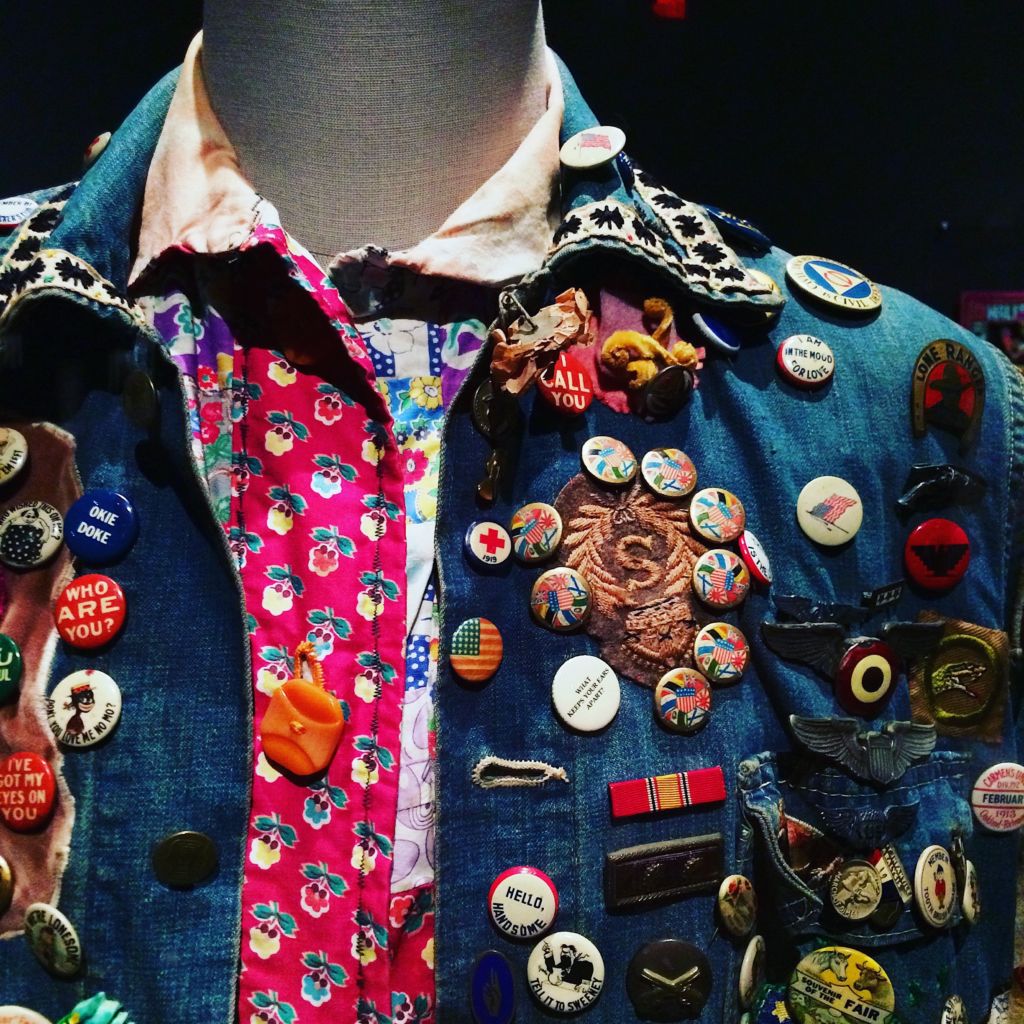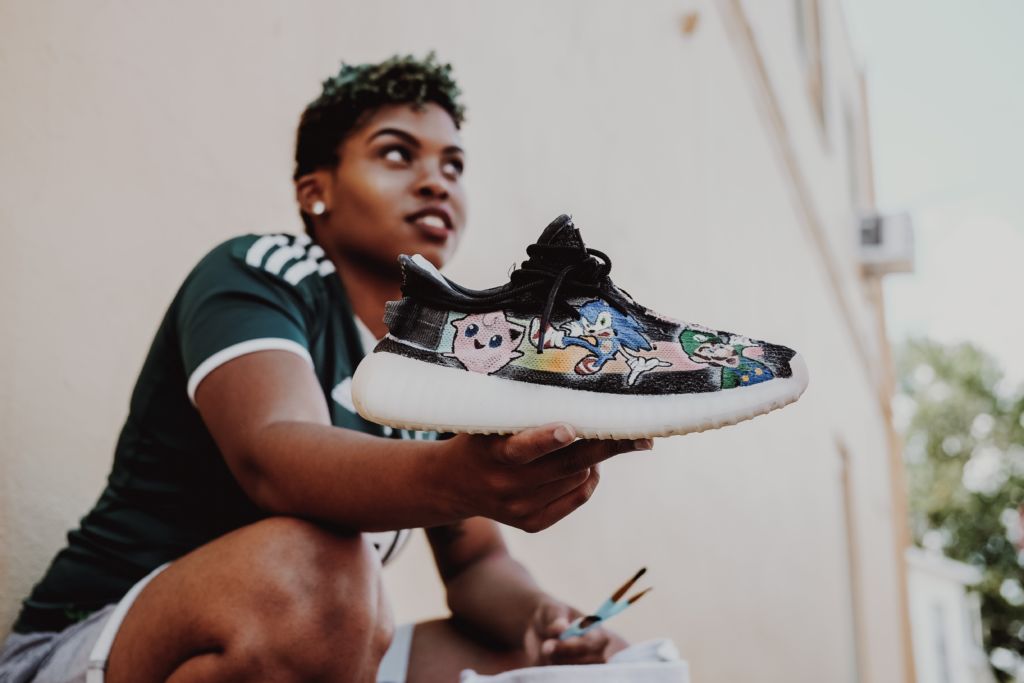
For today’s consumer the personalization of fashion items, clothing, accessories and footwear will become increasingly important. Companies store data and through their subsequent analysis they will create stories and personalized communication to generate recommendations, conquer influencers and individualize experiences. Today, it is a reality that consumer values converge around individuality and authenticity.
It is well known that customization has become one of the main objectives in the fashion and retail sector and will continue to gain relevance in the coming years. Global fashion leaders will offer individualization through different media, from customized clothing and accessories to a selection of personal recommendations through communication and storytelling that connect with people.
Customisation, the #1 global trend.
Customization was identified as the number one global trend in 2018 according to the respondents to The State Of Fashion 2018 Global Fashion Survey By BoF & McKinsey. Studies and analyses by other specialized international consulting firms have shown that at least 70% of U.S. consumers expect some kind of personalization from the online companies in which they make their usual purchases. The same percentage of these regular customers confirm that they are happy to provide their data so that companies can create tailor-made offers and campaigns and thus have an experience more adapted to them and their environment.
Consumers’ growing desire is to create their own image and style through personal values and their choice of fashion items. If we add to this irrepressible desire the explosive use of social networks, the “perfect breeding ground” is created for the manifest development of this new phenomenon of fashion personalization.
Younger generations such as millennials and Gen-Z share their daily activities on social networks. In the search for “likes” and to build their own personal brands, they want unique items. At the same time, there is a growing weariness towards the facades that individuals usually create and project on social networks. Other users seek to express more honesty and realism in their posts and lifestyles.
Individualised consumers.
These are the reasons why consumers prefer brands that match their own values and in pursuit of this aspiration they prefer the authenticity of the fashion companies with which they relate. Today’s consumers want companies with a clear purpose. While the product continues to be on the spotlight, now it is also really important what the brand believes and advocates. For this reason, fashion brands will increasingly use personalized stories and much more authentic realism in their communications to their own customers.
It is very easy to understand how this new process increases the demand for higher quality, original, more exclusive items and more authentic stories. Consumers know what they want and don’t hesitate to look for it, choosing products that fit their personal needs from a global variety of brands and companies. With the goal of achieving a real connection with these empowered customers, fashion brands must think about how to offer products and experiences that are perceived as unique.
Customers desire niche products.
They want to buy something special. Something that is not available in your circle of family, friends and close relations, in your neighborhood or in your personal environment. The response of retail and fashion brands has been to expand the product range and become, in essence, a flagship brand of a particular “lifestyle”. However, it can also be beneficial for companies to focus on their own value proposition, concentrating on the factors and actions where they can really add value and differentiation, be it high quality items, efficient pricing strategies or a more exclusive product selection. This means that rather than adopting a scale or scatter approach, it can be more strategic to carefully analyse and determine what consumers really want and… give it to them.
Individuals rely on influencers to create and maintain their own style.
New global and hyper-connected consumers have realised that the influencers they follow are far more authentic than the traditional advertising and communication with which brands seek to build their image. This has resulted in nine out of ten consumers relying more on influencers than on traditional commercials or even celebrity campaigns. To the greater protagonism of the influencers we must add the product references and “peers” who have become, with their opinions and reviews, the source of trust most followed by consumers.
In order to obtain better results with the current demanding client, brands develop actions much more to take advantage of influence marketing, user reviews and the use of social networks. However, while influencers are a very powerful and current medium, interacting and collaborating with them is not always easy and carries added risks. An incorrect ambassador can destroy the image and authenticity of a brand.
Data analysis for customization.
In the current year we will see how fashion brands use data analysis – I recommend reading this article: Data analysis is fashion – to generate actions and communication that provide individualized treatment to customers. But making it personal is not enough: customization must generate a relevant and, above all, timely experience. The goal is to offer elements that surprise and are exclusive, but without being intrusive. Consumers will be fascinated by fashion items that suit their personal needs. Customization will range from adaptations, in-store embroidery, pre-designed accessories, color combinations that add a personal touch, to products designed almost entirely by the customer.
Where we are and where are we going?
Although the demand for personalized clothing and fashion accessories is real, most brands are not yet offering it on a scale. Most of them seem to have difficulties in converting the findings of customer data analysis into clear, practical and intelligent ideas and many fewer have managed to bring it to reality and create the most appropriate custom product that would satisfy the consumer’s previous expectation. It is fair to say that there are exceptions. Those who have spotted the trend in the past and have taken the initiative for longer have made significant progress in digitization processes, data analysis and mass customization in production. These are the preliminary steps to bringing large scale fashion customization to the market.
At this point, we all hope that global fashion leaders will begin to offer customization and that the ability to create individualized products will become a rich and powerful source of differentiation. These companies will take advantage of data analysis and new disruptive technologies, such as AI and machine learning, to offer cutting-edge customer care and individualization to increase the relevance of their brand image and focus on creating products that are distinctive.
The question that I present to you and that we will analyze in future articles is as follows:
Will personalization (and the necessary automation-robotization to achieve it) mean that fashion production will be relocated to developed countries?












































